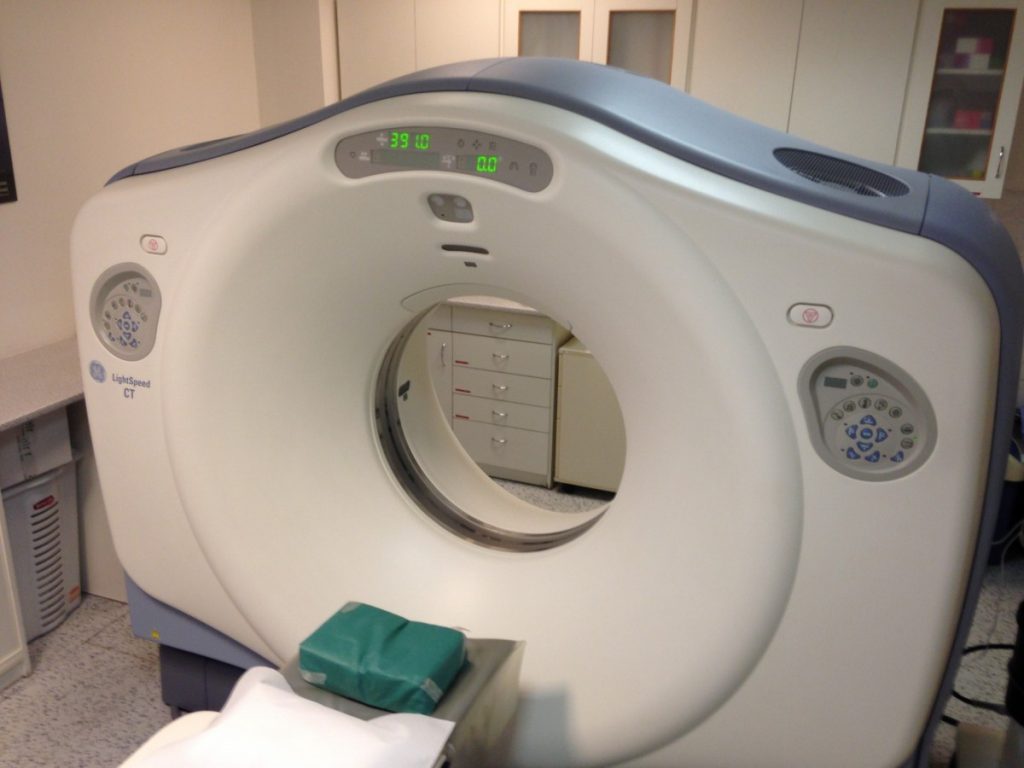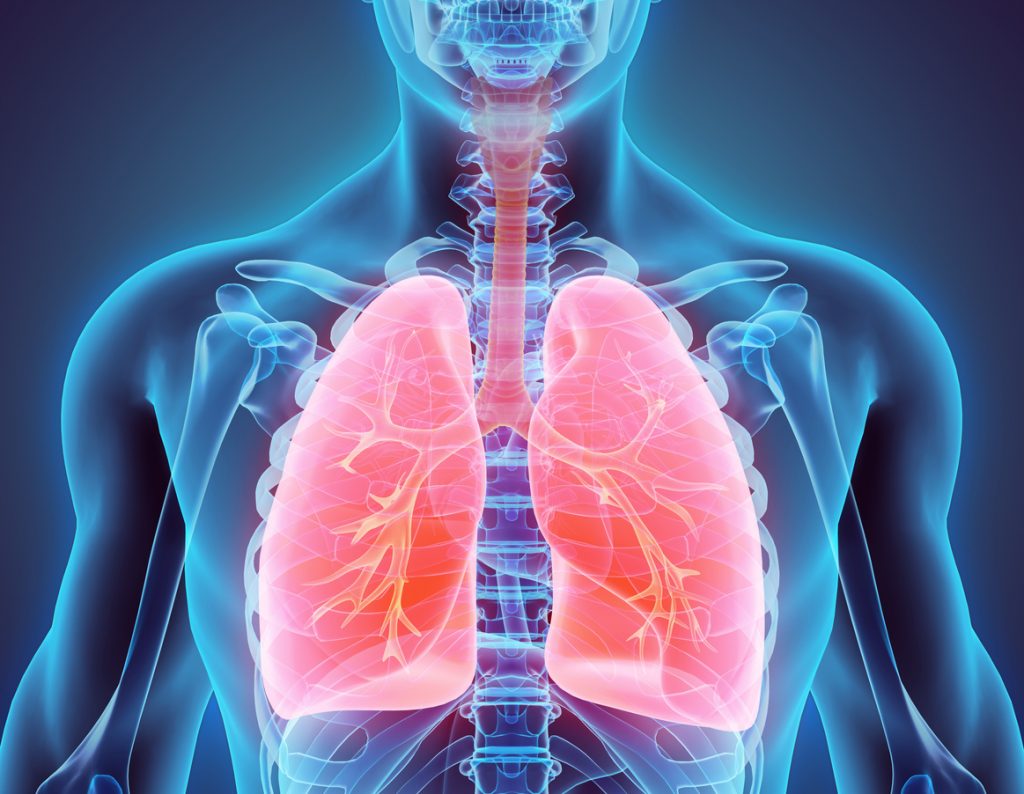Asthmatics worried about being highly exposed to dust mites in bed may have more to fear at the pub or on public transport, Australian research reveals.
A study published by the Woolcock Institute of Medical Research in Sydney challenges the 40-year-old belief that exposure to house dust mites mainly occurs in the bedroom. Such mites are the things that most people with asthma are allergic to.
Associate Professor Euan Tovey, Chief Investigator and Research Leader of the institute’s Allergen Group, tested 12 healthy Sydneysiders for exposure to airborne allergens continuously over 24 hours in late summer, with surprising results.
“We found that far from the bed being the danger zone for mite exposure, it was among the safer places,” Associate Professor Tovey said. In fact, the time in bed contributed only 10-20per cent of total daily exposure. “The highest exposure risk came in day time trips on public transport and in crowded social situations while out in public. It was also pretty high while moving around the house in the day and evenings. The low exposure in bed is the opposite of the prevailing dogma.”
House dust mites are a common cause of asthma and allergic symptoms worldwide, with high exposure triggering itchiness, sneezing, inflamed or infected eczema, red and watering eyes or chronic sinus problems. Past studies have suggested up to 1.2 billion people could have some sensitisation to mites, with doctors advising asthmatics to encase bedding in expensive barrier covers designed to protect from mite exposure.
Explaining how the bed-focused misconception came about, Associate Professor Tovey said it was true that house dust mites loved beds, with their fabric and moisture, more than any other location. “But it was assumed that because we spend a third of our day sleeping in beds, lying down close to the source, beds must surely be the exposure hot spot,” he said. “What we found was that exposure was much less than we thought, largely because most of the time is spent motionless, when you’re not stirring up the dust to be inhaled.
Exposure was high when getting into bed, and each time you rolled over, but in between these times it was very low, whereas in the day people were exposed in their own little cloud created by moving and disturbing dust. Some of this would be sourced from clothing, some from furnishings. Advice as always is laundry; allergens are very soluble even in warm water.
The find may help explain why allergen treatments that have focused on beds have shown little success in improving asthma symptoms.
“It may be better to focus instead on reducing exposure from clothing and other domestic items to really tackle asthma allergy exposure,” the researcher said.
The research paper, entitled Most Personal Exposure to House Dust Mite Aeroallergen Occurs during the Day, was published in the scientific journal PLOS ONE.
Book your health appointments online
Find and instantly book your next health appointment with Healthengine
Asthma in Australia
- Asthma is one of the most common chronic disorders, affecting one in ten Australians
- Sufferers experience episodes of wheezing, breathlessness and chest tightness due to widespread narrowing of the airways
- The causes are still not well understood, but triggers are known to include viral infections, exercise, and exposure to allergens and irritants
- $655 million was spent on asthma in 2008-09
- 37,830 Australians were hospitalised due to asthma in 2010, and 416 people died from the condition
Asthma and House Dust Mites
- Allergens produced by house dust mites are among the most common triggers of asthma
- These microscopic mites feast on flakes of human skin. A very potent allergen called Der p 1 is found in their faeces
- Studies suggest as many as 1.2 billion people worldwide could have some form of chronic sensitisation to dust mites
- Typical symptoms of house dust mite allergies include itchiness, sneezing, inflamed or infected eczema, red or watering eyes and a runny nose
- New Australian research challenges the widely-held belief that beds are the most common place to be exposed to mites. In fact exposure levels were far greater on public transport
- The findings explain why treatments that focus on bedding have had limited success in treating asthma
- Treatments, such a regular laundry that aim to protect asthmatics from exposure from clothes and other household items might prove more fruitful
(Source: Woolcock, PLOS ONE)
All content and media on the HealthEngine Blog is created and published online for informational purposes only. It is not intended to be a substitute for professional medical advice and should not be relied on as health or personal advice. Always seek the guidance of your doctor or other qualified health professional with any questions you may have regarding your health or a medical condition. Never disregard the advice of a medical professional, or delay in seeking it because of something you have read on this Website. If you think you may have a medical emergency, call your doctor, go to the nearest hospital emergency department, or call the emergency services immediately.







